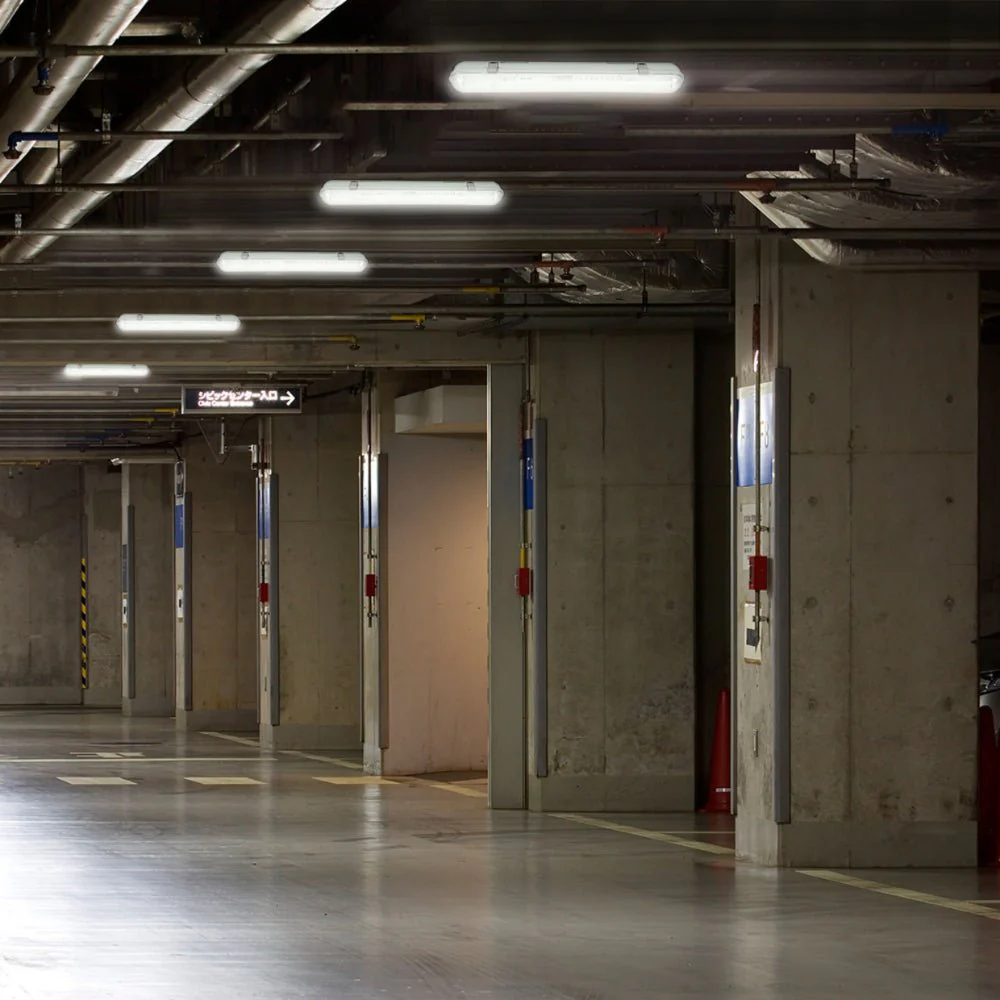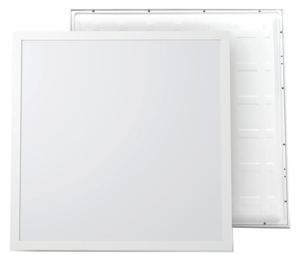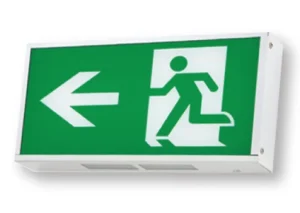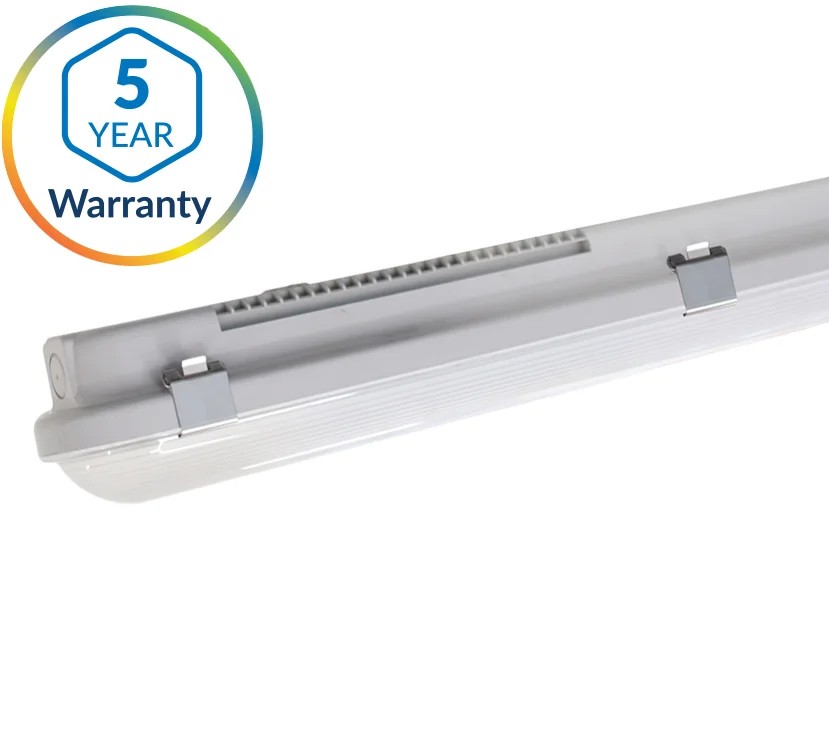1. What is an IK Rating?
An IK rating is a standardised measure of a luminaire’s ability to resist mechanical impact on its outer enclosure. Defined by the International Electrotechnical Commission (IEC) under standard BS EN IEC 62262, it provides a clear indication of how well a fitting can withstand physical contact, accidental knocks, or external impact. For lighting products, the IK rating helps determine suitability for demanding environments such as industrial, outdoor, public areas, health and custodial environments, where durability and safety are critical.
Understanding IK Ratings
The IK rating system measures how well a luminaire’s enclosure resists mechanical impact.
Defined under BS;EN;IEC 62262, it uses a scale from IK00 to IK11, with higher numbers representing greater impact resistance. While IK11 (50 Joules) is the highest officially standardised level, some manufacturers may test and reference higher, extrapolated ratings (IK11+) to demonstrate enhanced durability for extreme conditions.IK Rating
Impact Energy (Joules)
Equivalent Impact Example
Typical Application
IK00
0
No protection
Not suitable for exposed areas
IK01
0.15 J
200g weight dropped from 7.5cm
Minimal contact environments
IK02
0.20 J
200g weight dropped from 10cm
Light residential use
IK03
0.35 J
200g weight dropped from 17.5cm
Offices, low-traffic areas
IK04
0.50 J
200g weight dropped from 25cm
Light commercial use
IK05
0.70 J
200g weight dropped from 35cm
Low-risk commercial spaces
IK06
1.00 J
500g weight dropped from 20cm
Minor accidental impacts
IK07
2.00 J
500g weight dropped from 40cm
Industrial or semi-outdoor settings
IK08
5.00 J
1.7kg weight dropped from 30cm
Garages, public facilities
IK09
10.00 J
5kg weight dropped from 20cm
High-traffic or outdoor areas
IK10
20.00 J
5kg weight dropped from 40cm
Highest protection – urban and industrial sites
IK11
50.00 J
10kg weight dropped from 50cm
Highest protection – urban and industrial sites

Applications by IK Rating Level
The suitable application of a lighting fixture depends greatly on its IK rating, which defines how well it can resist mechanical impact.
Here’s how different IK rating ranges typically apply to various environments:
Lower IK Ratings (IK00–IK06)
Impact Resistance: Low
Typical Applications:
- Indoor environments with minimal risk of impact
- Areas where fixtures are unlikely to be struck by objects
Examples:
- Private homes and apartments
- Offices and meeting rooms
- Corridors and stairwells with limited traffic
These fittings prioritise aesthetics and efficiency over mechanical robustness, ideal for protected indoor use.
Medium IK Ratings (IK07–IK08)
Impact Resistance: Moderate
Typical Applications:
- Locations where fixtures may experience occasional physical contact or minor impact
- Semi-industrial or public-access areas
Examples:
- Garages and workshops
- Schools, colleges, and sports halls (limited use)
- Retail spaces and warehouses
This range offers a balance between durability and cost, making it suitable for most commercial or industrial environments.
High IK Ratings (IK09–IK11+)
Impact Resistance: High
Typical Applications:
- Harsh or exposed environments where fixtures are vulnerable to vandalism, heavy contact, or falling objects
- Outdoor and public spaces requiring maximum protection
Examples:
- Public parks and public buildings
- Railway, Bus and Subway Stations
- Health and Custodial Environments
- Construction and heavy industrial sites
Luminaires in this category provide maximum durability and safety, ensuring long-term reliability even in the most demanding conditions.
Our Hydrus Non-Corrosive LED Batten demonstrates how a well-engineered fitting can combine both durability and protection.
With an IK10 impact rating and IP65 ingress protection, Hydrus is built to withstand serious impact and challenging environments — offering a robust, weatherproof solution for industrial, commercial, and outdoor applications.









